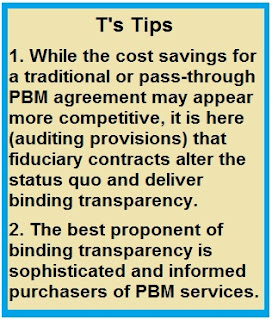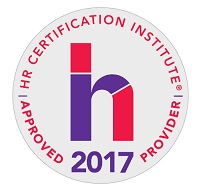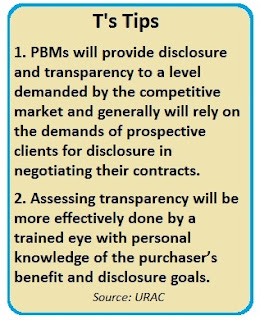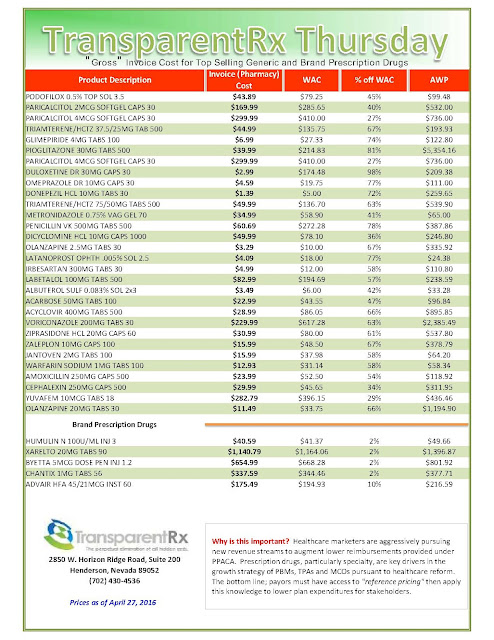A Whistle-Blower Tells of Health Insurers Bilking Medicare
 |
| Click to learn more |
The sicker the patient, the more UnitedHealth was paid by Medicare Advantage — and the bigger the bonuses people earned, including Mr. Poehling. In February, a federal judge unsealed the lawsuit that Mr. Poehling filed against UnitedHealth and 14 other companies involved in Medicare Advantage. “They’ve set up a perfect scheme here,” Mr. Poehling said in an interview. “It was rigged so there was no way they could lose.”
Mr. Poehling’s suit, filed under the False Claims Act, seeks to recover excess payments, and big penalties, for the Centers for Medicare and Medicaid Services. (Mr. Poehling would earn a percentage of any money recovered.) The amounts in question industrywide are mind-boggling: Some analysts estimate improper Medicare Advantage payments at $10 billion a year or more.
At the heart of the dispute: The government pays insurers extra to enroll people with more serious medical problems, to discourage them from cherry-picking healthy people for their Medicare Advantage plans. The higher payments are determined by a complicated risk scoring system, which has nothing to do with the treatments people get from their doctors; rather, it is all about diagnoses.
Diabetes, for example, can raise risk scores by varying amounts, depending on a patient’s complications. So UnitedHealth gave people with diabetes intensive scrutiny, to see if they had any other conditions that the diabetes might have caused.
As Mr. Poehling’s lawyer, Mary Inman, described it, the government would pay UnitedHealth $9,580 a year for enrolling a 76-year-old woman with diabetes and kidney failure, for instance, but if the company claimed that her diabetes had actually caused her kidney failure, the payment rose to $12,902 — an additional $3,322. Ms. Inman is with the law firm of Constantine Cannon in San Francisco.
Mr. Poehling said the data-mining projects that he had monitored could raise the government’s payments to UnitedHealth by nearly $3,000 per new diagnosis found. The company, he said, did not bother looking for conditions like high blood pressure, which, though dangerous, do not raise risk scores.










